As a small business owner, you understand through your first-hand challenges how difficult it is to accomplish specific goals because of a limited budget. Other challenges may stem from a lack of expertise in a specific and vital area. Specifically, building and IT infrastructure present challenges that small business owners in previous years and decades were stymied by. However, modern solutions to these challenges are available to today's small business owners through cloud-based services. Understanding the primary cloud-based solutions available to your small business may help you to make smarter decisions going forward.
1. Intuit QuickBooks Online
Intuit QuickBooks has been available to small business owners for years, and this accounting solution  makes it easier for you to manage your books, project your financial status into the future, create invoices and more. This online application has incredible depth, and it is flexible enough to be useful for almost any small business environment. If you are challenged by financial management or if you feel that financial management is taking up too much of your valuable time each week, this may be a solution to take a closer look at.
makes it easier for you to manage your books, project your financial status into the future, create invoices and more. This online application has incredible depth, and it is flexible enough to be useful for almost any small business environment. If you are challenged by financial management or if you feel that financial management is taking up too much of your valuable time each week, this may be a solution to take a closer look at.
2. Zapier
If you are looking for a collaboration tool, Zapier is an excellent solution to consider. Zapier makes it easy for you to connect the apps that you use most frequently together for seamless efforts. Workflows can be automated in many ways, and you may be able to save an exceptional amount of time and energy because of the collaborative benefits that this tool provides. It is functional with a wide range of popular business apps. You can learn more about the apps that it can connect for you to determine if it may improve your current work processes.
3. MailChimp
Email marketing is an effective, direct way to communicate with your customers, but it also is stressful and time-consuming. MailChimp takes the time and stress out of planning, executing and even analyzing email marketing campaigns. Through its impressive features, small businesses can level the playing field with larger companies that have a more substantial marketing budget and more in-house assistance. You simply use the platform to build a campaign and to customize your message. There are even pre-built automation features that make it fast and easy to execute your campaigns.
4. Microsoft Power BI
Managing business intelligence tasks is a common challenge for many small business owners, and Microsoft Power BI strives to address those challenges head on. This is a user-friendly platform that is available to you for free. It enables you to organize and analyze data in a drag and drop environment. You can do everything from enhance analytics to print reports and more. The dashboard helps you to keep your analytics organized, and the dashboards can be perfectly customized to meet your specific needs. You can create attractive reports through this program as well, and the reports can easily be distributed to your entire team for viewing on any type of Internet-based device. The program is interactive with Microsoft Office 365 products.
5. Bitdefender Antivirus Plus
Viruses and malware are legitimate and substantial concerns for small business owners. Bitdefender Antivirus Plus is an affordable solution to this problem. This is a regularly updated program that works with Microsoft platforms. It has remote capabilities so that you can initiate a scan from your smartphone. Because of its affordable price and its convenient features, it is ideal for a smaller business that does not need to purchase many licenses to make the solution cost-effective. This program also makes it easy to secure your online experience and to properly manage passwords. The company has been in business for more than 15 years, and it serves millions of customers. It prides itself on its ability to quickly identify threats and to update its products accordingly to protect its customers.
With limited operating capital, it makes sense to feel as though your business is placed at a disadvantage in the marketplace. However, you can see that there are many applications and programs available that can help smaller companies stand on equal footing with their much larger and more well-established competitors. Analyze these applications today to determine if they could benefit your operations in a substantial way.





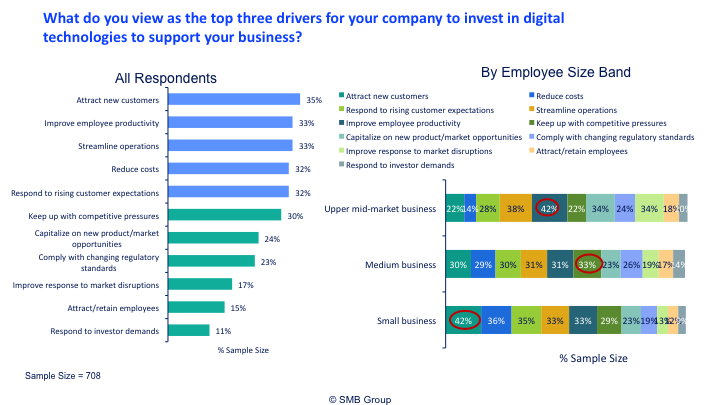
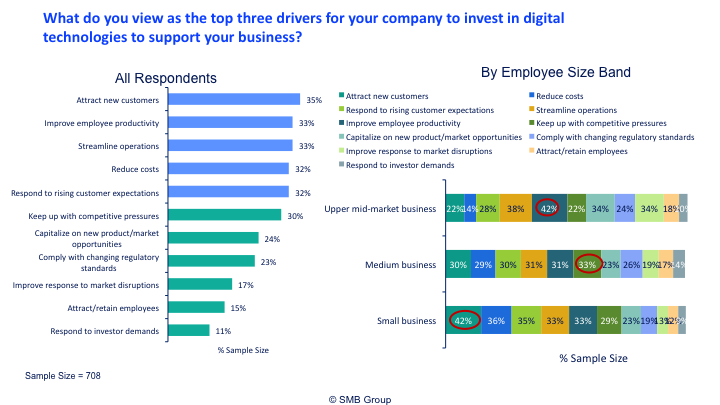






 machine over the other for several weeks at a time. For better or for worse (mostly for the better), Windows 10 takes care of itself for me, as does Visual Studio Code and Docker for Windows. This means I often find myself sitting down at the “other” machine and once again waiting for those updates to install. While sometimes I admit to rolling my eyes in frustration every time I get an update alert, I do appreciate that I don’t have to think about those updates otherwise.
machine over the other for several weeks at a time. For better or for worse (mostly for the better), Windows 10 takes care of itself for me, as does Visual Studio Code and Docker for Windows. This means I often find myself sitting down at the “other” machine and once again waiting for those updates to install. While sometimes I admit to rolling my eyes in frustration every time I get an update alert, I do appreciate that I don’t have to think about those updates otherwise. more. “Essentially Slingr is a low code, high productivity application platform as a service combined with an integration platform as a service capability. Our value proposition is that you can build and integrate apps much more efficiently than starting app development/integration from scratch.” Beck shared. “We’re so efficient that , on average, you save about 80 percent of time on labor and resources when building from a platform basis versus the alternative of building from scratch.”
more. “Essentially Slingr is a low code, high productivity application platform as a service combined with an integration platform as a service capability. Our value proposition is that you can build and integrate apps much more efficiently than starting app development/integration from scratch.” Beck shared. “We’re so efficient that , on average, you save about 80 percent of time on labor and resources when building from a platform basis versus the alternative of building from scratch.” bus pulls up to unload. And Astro isn’t getting any younger, so I embarked on a mission to teach an old dog new tricks! The task was to teach Astro to go through the doggy door to the home office. It was harder than I thought as the see-through plastic flap appeared to be a barrier to entry. So, like AI, I modified the approach to find a tactic that worked. With food being a primary canine motivator, I’d place a dog treat inside my office and Astro could see through the plastic shield and nudge his nose to open the “doggy door” to enter. The downside was that Astro would only open the doggy door if there was a dog treat on the other side because that’s exactly what I trained him to do.
bus pulls up to unload. And Astro isn’t getting any younger, so I embarked on a mission to teach an old dog new tricks! The task was to teach Astro to go through the doggy door to the home office. It was harder than I thought as the see-through plastic flap appeared to be a barrier to entry. So, like AI, I modified the approach to find a tactic that worked. With food being a primary canine motivator, I’d place a dog treat inside my office and Astro could see through the plastic shield and nudge his nose to open the “doggy door” to enter. The downside was that Astro would only open the doggy door if there was a dog treat on the other side because that’s exactly what I trained him to do.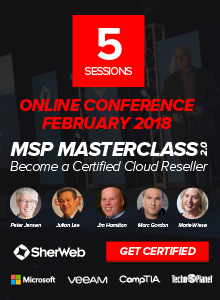

 small office environments in the form of affordable, easy-to-install and manage solutions.
small office environments in the form of affordable, easy-to-install and manage solutions. 
 public and private companies of all sizes and from a variety of industries and geographic regions in the U.S. and Canada. Best in Biz Awards 2017 honors were presented in 65 categories, including Company of the Year, Fastest-Growing Company, Most Innovative Company, Best Place to Work, Support Department, Executive of the Year, Most Innovative Product, Best New Product, App, Event and Website of the Year.
public and private companies of all sizes and from a variety of industries and geographic regions in the U.S. and Canada. Best in Biz Awards 2017 honors were presented in 65 categories, including Company of the Year, Fastest-Growing Company, Most Innovative Company, Best Place to Work, Support Department, Executive of the Year, Most Innovative Product, Best New Product, App, Event and Website of the Year.

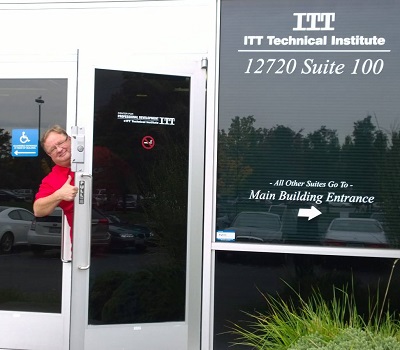 irregularities but that’s for another blog and way past my tenure LOL). Despite what you read with a simple “ITT” search, I can tell you this – they were spot on with a focus on technology-based security. In their information systems curriculum, it was brilliant. At the time, there was only one academic major: security. The system had over one hundred campuses, typically in office parks and near major employers like Boeing. By my estimate, it was training 10,000+ technology professionals annually. They all used the same curriculum (books, syllabus, etc.) and were literally on the same page. That is, if you attended ITT in Everett Washington near Boeing and your job transferred you to Long Beach, CA; you would start on the same page (e.g. Page 56) that you were on the prior week in Everett. Hope that makes sense but it was a solid way to teach security across a large student population.
irregularities but that’s for another blog and way past my tenure LOL). Despite what you read with a simple “ITT” search, I can tell you this – they were spot on with a focus on technology-based security. In their information systems curriculum, it was brilliant. At the time, there was only one academic major: security. The system had over one hundred campuses, typically in office parks and near major employers like Boeing. By my estimate, it was training 10,000+ technology professionals annually. They all used the same curriculum (books, syllabus, etc.) and were literally on the same page. That is, if you attended ITT in Everett Washington near Boeing and your job transferred you to Long Beach, CA; you would start on the same page (e.g. Page 56) that you were on the prior week in Everett. Hope that makes sense but it was a solid way to teach security across a large student population.

 flagship product, Strongarm, stops phishing and malware attacks by offering an easy-to-deploy, security-focused Domain Name System (DNS) service. Integrated into WatchGuard's security platform, Strongarm will further improve the security efficacy of existing malware protection techniques, increase the value of the company's popular Total Security Suite (TSS) advanced services bundle, and become a key element in the evolution of WatchGuard's cloud security offering.
flagship product, Strongarm, stops phishing and malware attacks by offering an easy-to-deploy, security-focused Domain Name System (DNS) service. Integrated into WatchGuard's security platform, Strongarm will further improve the security efficacy of existing malware protection techniques, increase the value of the company's popular Total Security Suite (TSS) advanced services bundle, and become a key element in the evolution of WatchGuard's cloud security offering.
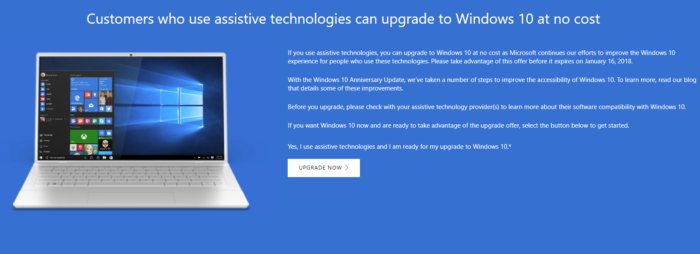




 industry is deadly serious. In my research, it resembles the local pharmacy dispensary business. You have similar legal compliance and supply chain issues.
industry is deadly serious. In my research, it resembles the local pharmacy dispensary business. You have similar legal compliance and supply chain issues.


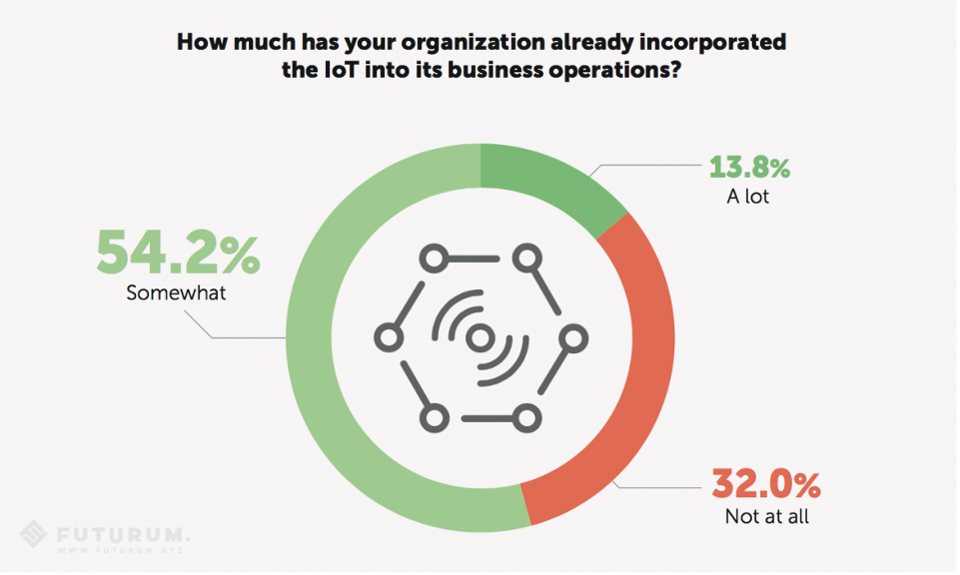


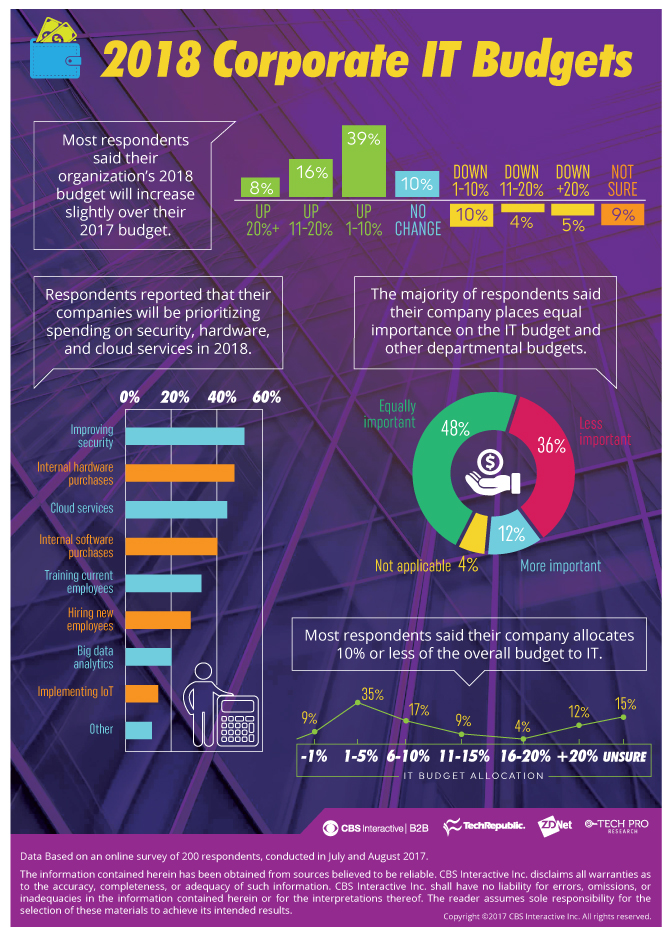

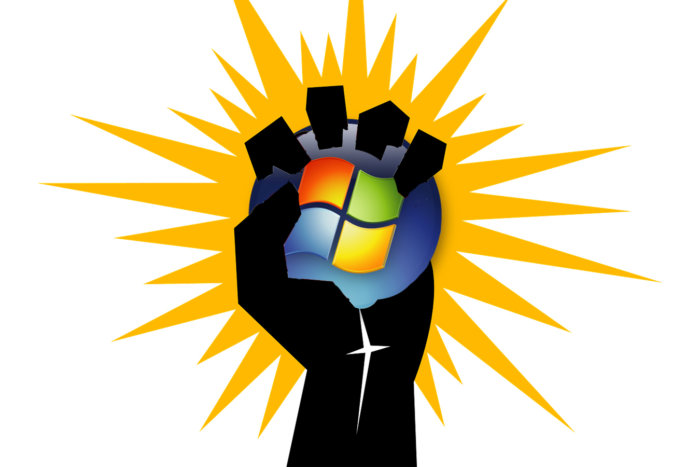
 made of high-quality elements. At one time,
made of high-quality elements. At one time,  the increase and possible variation of workload; but are you working effectively? One way to boost your company’s bottom line is to review your working practices, procedures and environment, and take action on your findings.
the increase and possible variation of workload; but are you working effectively? One way to boost your company’s bottom line is to review your working practices, procedures and environment, and take action on your findings.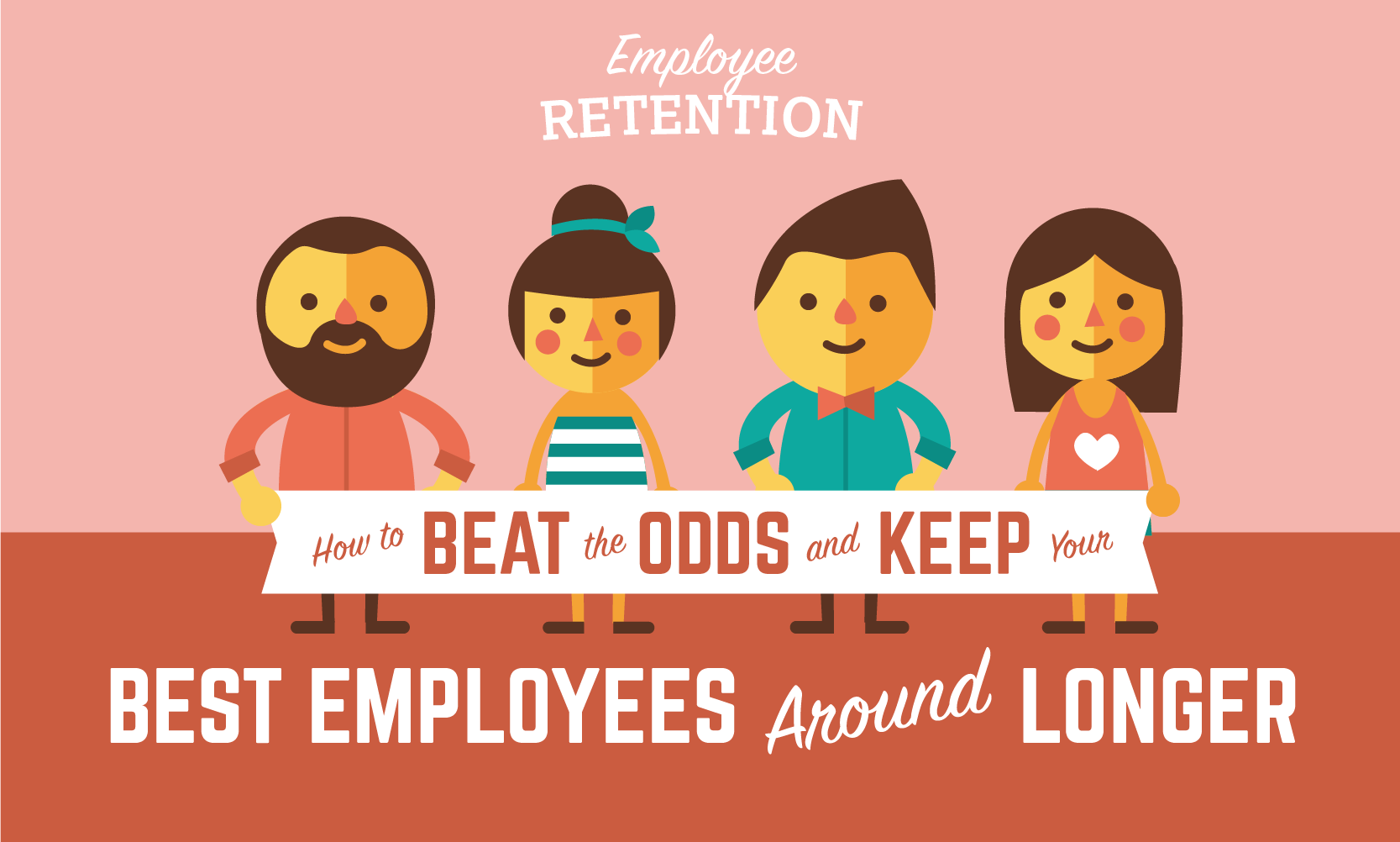 from home option. It can be a once per week or month program that can be beneficial to single mothers, students, or employees with disabilities. According to
from home option. It can be a once per week or month program that can be beneficial to single mothers, students, or employees with disabilities. According to 

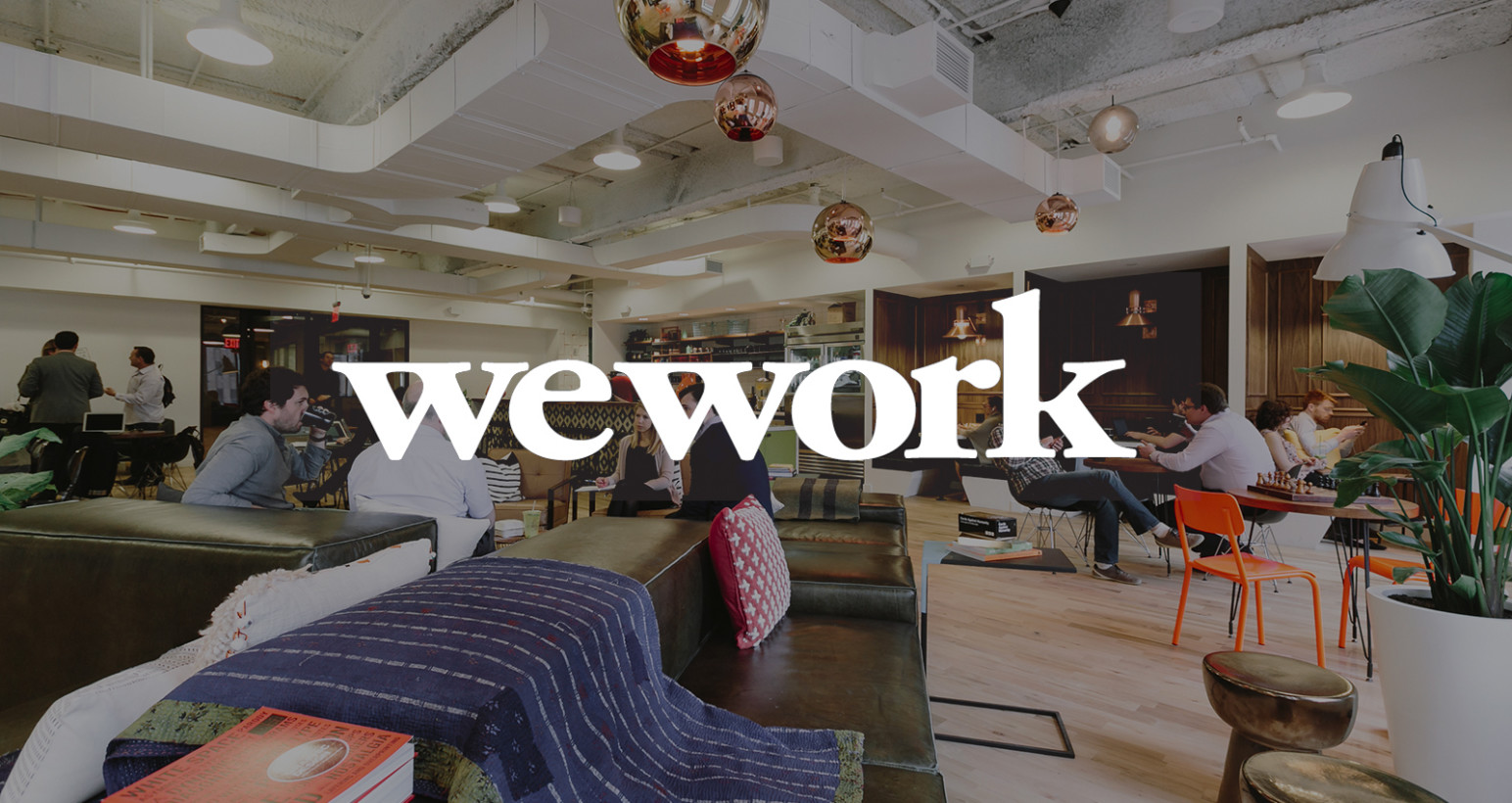
 information is all over the place and is inconsistent across platforms, your rankings will be affected. Make sure that you double check every outlet where your address is listed, whether it is a business directory, Facebook page and, of course, your Google My Business address.
information is all over the place and is inconsistent across platforms, your rankings will be affected. Make sure that you double check every outlet where your address is listed, whether it is a business directory, Facebook page and, of course, your Google My Business address.
 read a blog that consists of generic press releases. Third, you should have marketing channels to distribute press releases better suited to that type of content than posting it on your blog.
read a blog that consists of generic press releases. Third, you should have marketing channels to distribute press releases better suited to that type of content than posting it on your blog.
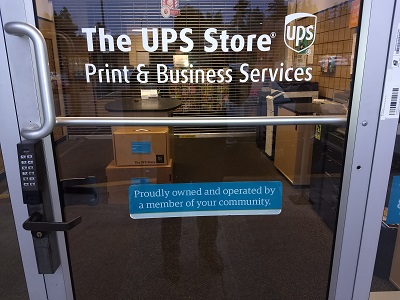






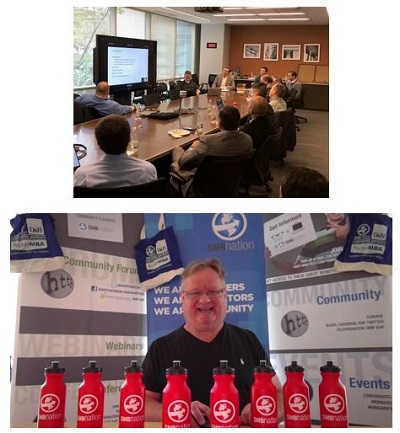








 understand the
understand the  company with an Internet connection in a secure location. With massive and multiple hard drives, they store and provide access to data.
company with an Internet connection in a secure location. With massive and multiple hard drives, they store and provide access to data.




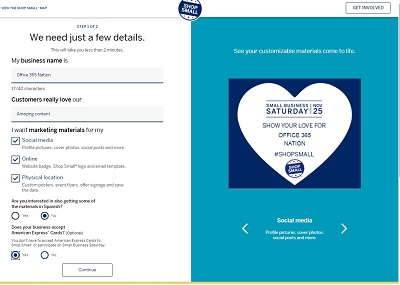

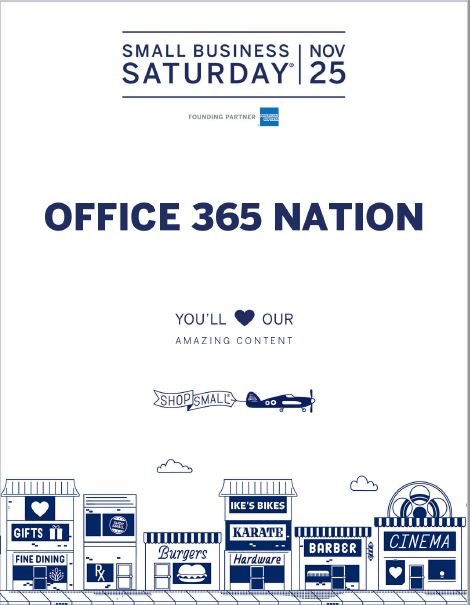

 industry, FairCom Corporation, today announced the release of the latest version of its flagship multimodel database software.
industry, FairCom Corporation, today announced the release of the latest version of its flagship multimodel database software. 

 changes in technology in 2018. Additionally, 23 percent emphasized that budget constraints were top of mind in maintaining and growing their endeavors. For the newer small business, budget was their top challenge, which is expected for businesses in operation less than a year.
changes in technology in 2018. Additionally, 23 percent emphasized that budget constraints were top of mind in maintaining and growing their endeavors. For the newer small business, budget was their top challenge, which is expected for businesses in operation less than a year. 
 D&H is training its resellers via streaming webcast sessions and VAR engagement events, and through its K-12-dedicated “White Glove” services program which includes amenities such as laser-based product tagging, pre-assembly, configuration, and device management. Efforts include acclimating VARs to a “curriculum-based sales strategy,” which aligns with spring as opposed to the typical fall IT purchasing season, to accommodate the budgeting process for this marketplace. Such will give K-12 decision-makers the necessary lead time to allocate funds to these breathtakingly immersive solutions.
D&H is training its resellers via streaming webcast sessions and VAR engagement events, and through its K-12-dedicated “White Glove” services program which includes amenities such as laser-based product tagging, pre-assembly, configuration, and device management. Efforts include acclimating VARs to a “curriculum-based sales strategy,” which aligns with spring as opposed to the typical fall IT purchasing season, to accommodate the budgeting process for this marketplace. Such will give K-12 decision-makers the necessary lead time to allocate funds to these breathtakingly immersive solutions. additional messaging capabilities in Teams by the end of Q2-2018. Features will include screen sharing during chat and federation between companies.
additional messaging capabilities in Teams by the end of Q2-2018. Features will include screen sharing during chat and federation between companies.

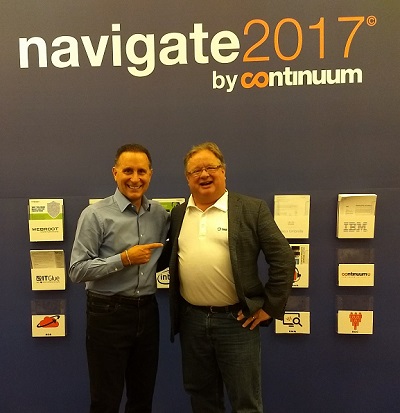 focused on three areas: Partner Composition, Security and a roadmap component (lead generation) moving forward. We also talked about other conferences in the industry, where Continuum fits in and as a bonus, George shared that he believes there are 25,000 IT service provider firms in the US right now (people are always asking how big the segment is).
focused on three areas: Partner Composition, Security and a roadmap component (lead generation) moving forward. We also talked about other conferences in the industry, where Continuum fits in and as a bonus, George shared that he believes there are 25,000 IT service provider firms in the US right now (people are always asking how big the segment is).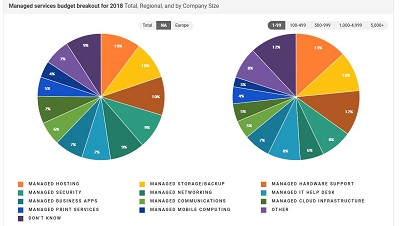







 70.Yes, you heard me right: 70 is the new retirement age—not a month or year before.
70.Yes, you heard me right: 70 is the new retirement age—not a month or year before. amongst all android smartphones might be able to produce something new by the year 2018. Here are some expectations we have from the upcoming smartphones in the following year.
amongst all android smartphones might be able to produce something new by the year 2018. Here are some expectations we have from the upcoming smartphones in the following year.
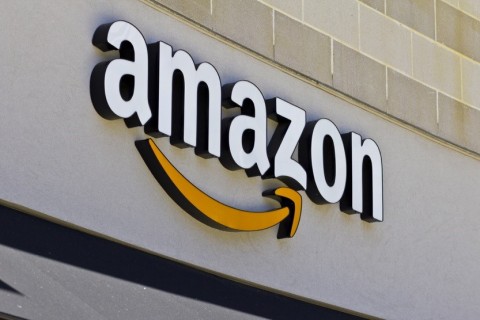





 flow evolving to influence our lives in different and often unexpected ways.
flow evolving to influence our lives in different and often unexpected ways.

 network is leaving it too late. Every decision you make needs to consider the fact that you’re planning to globalize in the future.
network is leaving it too late. Every decision you make needs to consider the fact that you’re planning to globalize in the future.

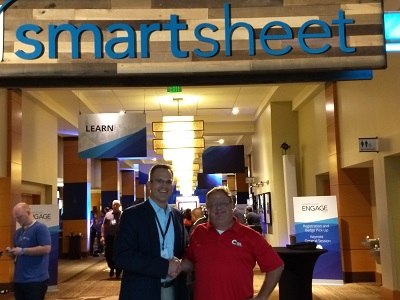

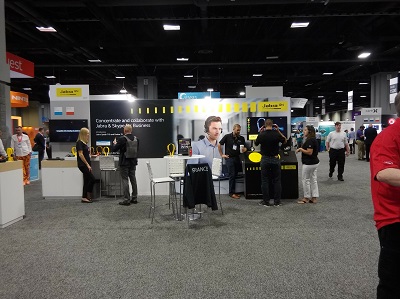







 companies that are in the high-tech and IT fields. In fact, when 600 IT leaders from small and mid-size businesses were surveyed for a 2016 State of
companies that are in the high-tech and IT fields. In fact, when 600 IT leaders from small and mid-size businesses were surveyed for a 2016 State of  require to take a break and come back to work feeling refreshed. This knowledge should be a major source of information to help turn your business premises into the ideal workplace environment and commission the right office fit for your company. The idea is that a more employee-centric design would not only draw prospective candidates to your company, but also help existing employees focus and feel at ease at the office. As any designer would tell you, optimizing design and managing noise levels more efficiently fosters creativity and innovation. Here's how:
require to take a break and come back to work feeling refreshed. This knowledge should be a major source of information to help turn your business premises into the ideal workplace environment and commission the right office fit for your company. The idea is that a more employee-centric design would not only draw prospective candidates to your company, but also help existing employees focus and feel at ease at the office. As any designer would tell you, optimizing design and managing noise levels more efficiently fosters creativity and innovation. Here's how:



 promoting your next marketing tactic, and frankly, so much more. Consequently, it is almost impossible to remember every single responsibility, which can cause you to occasionally overlook some major details - such as making sure that the business energy costs are not unexpectedly skyrocketing.
promoting your next marketing tactic, and frankly, so much more. Consequently, it is almost impossible to remember every single responsibility, which can cause you to occasionally overlook some major details - such as making sure that the business energy costs are not unexpectedly skyrocketing. The new version is called the EEC Pro, has powerful additional features and is still provided at no cost.
The new version is called the EEC Pro, has powerful additional features and is still provided at no cost. One universal small business goal is to sell the business's products and services. This is usually best accomplished by positioning the business in front of the target audience, and offering something that solves a problem or that they can't refuse or find elsewhere.
One universal small business goal is to sell the business's products and services. This is usually best accomplished by positioning the business in front of the target audience, and offering something that solves a problem or that they can't refuse or find elsewhere.